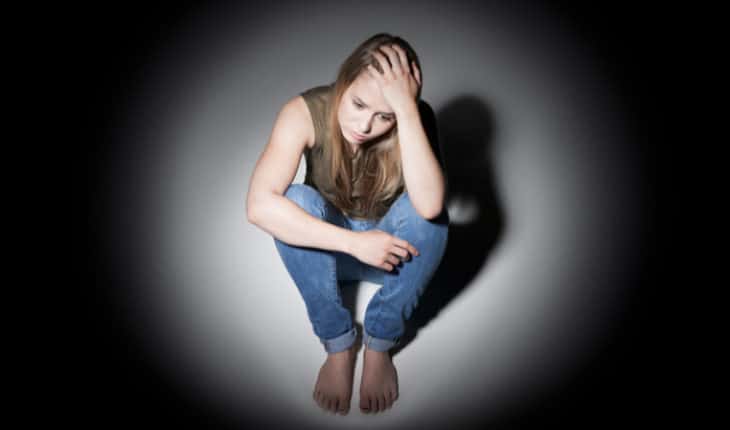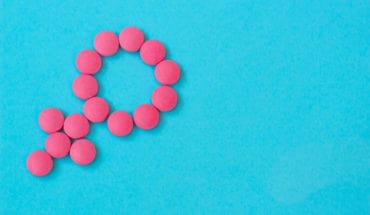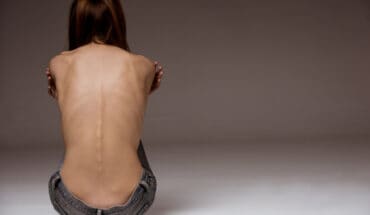Spotlight on adolescent health and well-being presents key findings from 227,441 young people aged 11, 13 and 15 years in 45 countries who took part in the 2017/2018 Health Behaviour in School-aged Children (HBSC) survey.
Spotlight on adolescent health and well-being is divided into two volumes. Volume 1 provides an overview of the key findings highlighting important gender and socioeconomic differences, as well as changes since the last survey in 2013/2014. Volume 2 presents key data in a series of charts showing country/region-level and overall prevalence by age, gender and family affluence.
The study describes adolescent’s health behaviours, social interactions and mental well-being, and provides an important baseline against which the impact of COVID-19 on young people’s lives can be measured.
- The study highlights some positive trends in adolescent health and well-being, with most experiencing positive and supportive social relationships and good overall health and well-being, while eating habits are improving and substance abuse is declining.
- Some challenges persist, however, and new concerns are emerging: the proliferation of digital media has led to problematic use among some adolescents, affecting their relationships with friends and family; physical activity levels are worryingly low; and increasing numbers of young people are reporting issues that affect their mental health, including feeling low and difficulties with sleep.
Background
The Health Behaviour in School-aged Children (HBSC) study has provided information about the health, well-being, social environment and health behaviour of 11-, 13- and 15-year-old boys and girls at 4-year intervals for the past 30 years. The latest study was carried out during 2017/2018, canvassing more than a quarter of a million young people in 45 countries/regions across Europe and Canada.
Also, for the first time, the WHO HBSC report “Spotlight on adolescent health and well-being” includes data from the last HBSC survey in 2013/2014 to show where key changes in young people’s health and health behaviours occurred over the 4 years between reports. High-quality internationally comparable data are essential to support international policy development and to monitor progress towards key global targets, such as the United Nations Sustainable Development Goals.
Alongside the flagship WHO HBSC report, a special issue of the Journal of Adolescent Health will be published on 19 May 2020, providing in-depth analysis of the latest HBSC data. The papers published in the journal will focus on many key themes covered by the study, including:
- Social media use and cyber-bullying: a cross-national analysis of young people in 42 countries
- Clusters of contemporary risk and their relationship to mental health among 15-year-old adolescents across 37 countries
- Adolescents’ intense and problematic social media use and their well-being in 29 countries
- How are adolescents sleeping? Adolescent sleep patterns across 24 countries and sociodemographic differences
- Patterns of health-related gender inequalities – a cluster analysis of 45 countries
Other aspects of adolescent health and lifestyle covered by the report include:
- eating behaviours
- physical activity
- overweight, underweight and obesity
- sexual health
- oral health
- alcohol, tobacco and cannabis use
- physical bullying and violence
- injuries
- social well-being
- school experience.
- Gut microbiome could delay onset of type 1 diabetes - 3rd April 2025
- The da Vinci 5 Robot Is Set To Transform Bariatric Care: - 31st March 2025
- Beyond money: the hidden drivers fuelling child food insecurity - 31st March 2025






